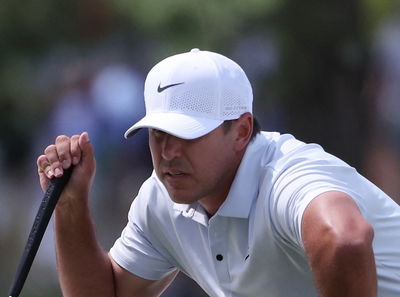Avoid rotating hips

One of the most common mistakes I see on the driving range is hip rotation during the swing.
This is particularly true of beginners who have played another sport such as baseball, tennis or hockey before trying their hand at golf. The reason for this is that each of these sports require some form of hip rotation during a swing.

One of the most common mistakes I see on the driving range is hip rotation during the swing.
This is particularly true of beginners who have played another sport such as baseball, tennis or hockey before trying their hand at golf. The reason for this is that each of these sports require some form of hip rotation during a swing.
While the hips are used in golf to generate power and momentum during your swing, you do not want them rotating at any point. Your hips should remain quiet or still at nearly every stage of your swing.
The only time your hips should rotate is during your follow-through – the stage of the swing following contact with the ball.
Rotating hips are easy to identify. Look out for these telltale signs of hip rotation:
You regularly hook or slice your shots
You make contact with the very top of the ball during a swing and it barely moves
You cannot retain your balance at the top of your follow-through (you cannot remain still after you hit the ball)

As the centre of your mass, your hips provide you with balance throughout your swing. If you are not balanced throughout your swing, you will lose accuracy. That’s why it’s important to keep your hips still at all times.
To fix this problem, here’s a thought experiment for you:
Imagine that there is a wall beside your front foot (left foot for righties, right foot for lefties) and the outside of your shoe is pressed up right against it. This means that your arm or shoulder would be pressed up against the wall as you stand beside it.
Now, imagine that I told you to lean into that wall without shifting your foot in any way. For the sake of comfort, you would just lean against it with the outside of your arm rather than leaning on it with your back or your chest.
This is the stillness that you must replicate to silence your hips during your swing. Imagine there is a wall directly against your foot and do not let your hips or shoulders move beyond that point until after you have made contact with the ball.
If you can keep your hips silent in this fashion, your club will consistently be in the same position with every swing, and your shots will gain consistency and accuracy.











